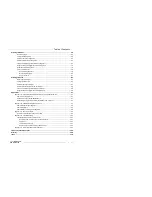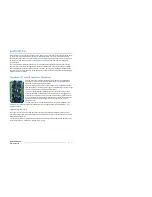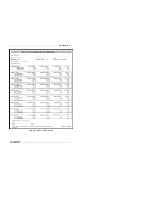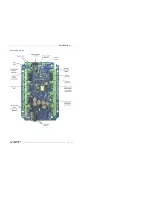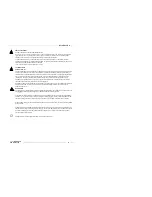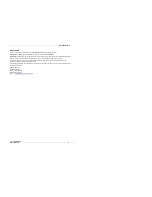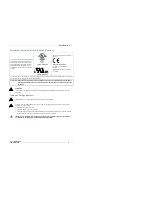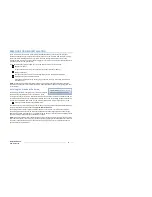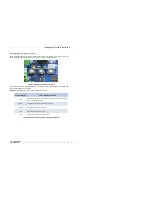
17
DENT
Instruments
PowerScout 24
Prepping for Field Installation
Connecting a Communication Cable
There are various ways to communicate with a PowerScout meter and how you do so will determine
what type of cabling system you will use. To set up the meter, communication can be established with a
USB cable, an RS-485 adapter, or an Ethernet cable. Once in the field, communication between a
PowerScout meter and a logger is established with a RS-485 or an Ethernet connection. A RS-485
connection is limited in speed while an Ethernet connection is much faster.
NOTE:
PowerScout meters are ordered from DENT Instruments based on the type of desired connection.
C
ONNECTING AND
C
OMMUNICATING VIA A
USB
OR
RS-485
A
DAPTER
A type AB USB cable may be used between a PC and a PS24 meter and is the preferred method for
setting up a PowerScout. The USB cable will also power the meter when connected to a PC. When using
a USB cable with a PC, each USB port on the PC generates a unique comm port in the ViewPoint
software, such as Com3 or Com4.
NOTE:
A USB driver is installed when you install the ViewPoint software.
ViewPoint can read information through a USB, an RS-485 isolated COM port, or an Ethernet
connection. When the RS-485 connection is selected a base address is required (the base address is the
rotary switch settings). Address switches are ignored by both USB and Ethernet. When the Ethernet
connection is selected an IP address is required. The screen display changes based on your connection
selection.
The
USB connector on the PowerScout can be used to power the unit when configuring it using
ViewPoint and Modbus protocols.
If connecting with a USB cable is not practical, the use of an RS-485 to USB adapter connected to your
PC may be used for communicating with your PowerScout. First, install the adapter driver on the
computer and then complete the connection between the meter and the computer by plugging the
RS-485 connector into the meter.



